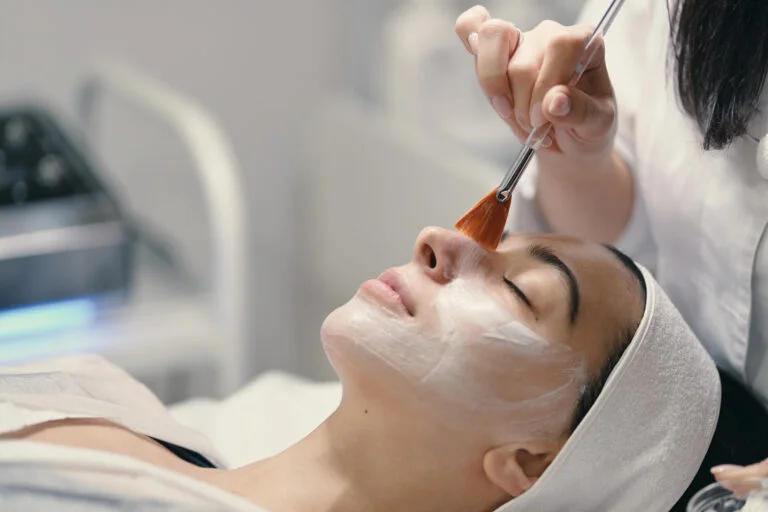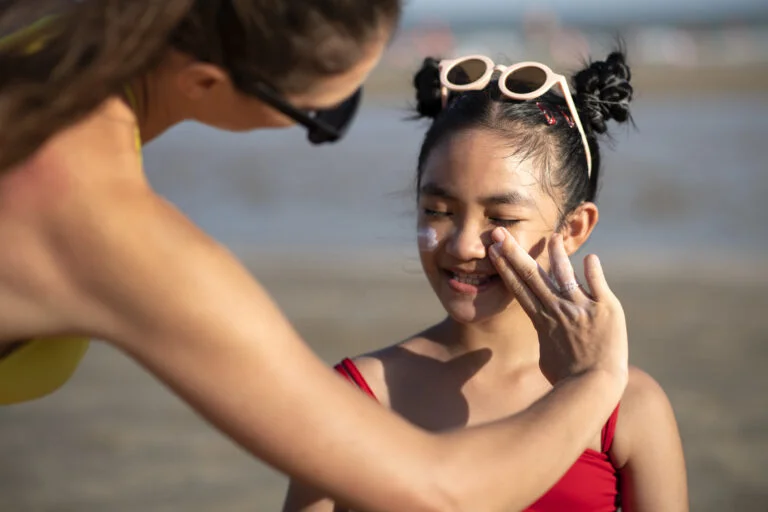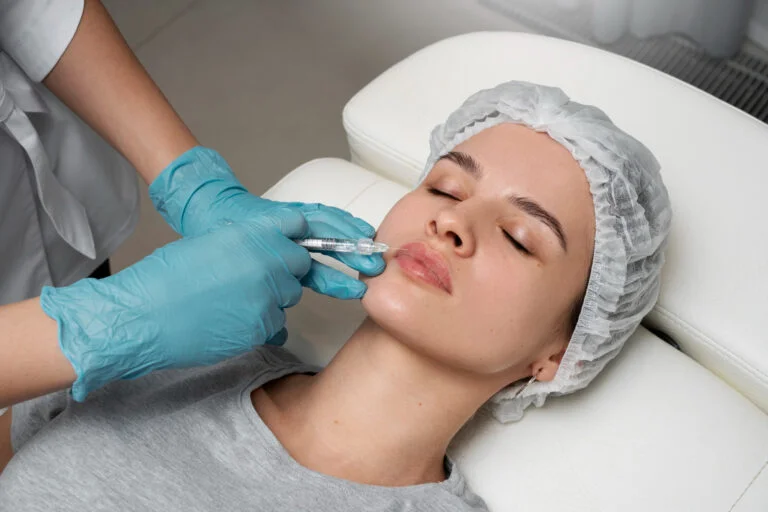Discover the Procedure, its Benefits, and Considerations
Wrinkles are an inevitable part of the aging process, with forehead lines often being among the most noticeable. While they indicate a life full of expressions and experiences, many seek ways to cure forehead wrinkles for a more youthful appearance. One of the most popular and effective forehead wrinkles treatments is Botox. This comprehensive guide will walk you through the procedure, its benefits, and important considerations for using Botox to achieve a smoother, more youthful forehead.
Understanding Botox
Botox, or Botulinum Toxin Type A, is a neurotoxin that comes from the bacterium Clostridium botulinum. When used in small, controlled doses, Botox works to cure forehead wrinkles by temporarily paralyzing the muscles responsible for creating wrinkles. It is a minimally invasive treatment that has been FDA-approved for cosmetic use since 2002 and has gained immense popularity due to its effectiveness and safety profile.
The Benefits of Botox for Forehead Wrinkles
Botox offers numerous benefits for those looking to smooth forehead wrinkles:
- Quick and Effective: Botox provides almost immediate results, with noticeable improvements appearing within 3 to 7 days after treatment. The full effect is typically seen around two weeks post-injection.
- Non-Surgical: Unlike surgical options, Botox is a non-invasive procedure that does not require anesthesia or significant downtime. Patients can resume their daily activities immediately after the treatment.
- Customizable Treatment: Botox can be tailored to each individual’s needs, allowing for a natural-looking reduction in wrinkles without compromising facial expressions.
- Prevention of Future Wrinkles: Regular Botox treatments can prevent the formation of new wrinkles by inhibiting the repetitive muscle movements that cause them.
The Botox Procedure
The Botox injection process is straightforward and typically takes about 10 to 15 minutes:
1. Consultation: The first step involves a consultation. During this appointment, the practitioner will assess your facial anatomy, discuss your goals, and determine the appropriate dosage and injection sites.
2. Preparation: On the day of the procedure, the treatment area will be cleansed, and a topical anesthetic may be applied to minimize any discomfort.
3. Injection: Using a fine needle, the provider will administer small amounts of Botox into the targeted forehead muscles. The number of injections will vary based on the extent of wrinkles and the desired outcome.
4. Post-Treatment Care: After the injections, patients are advised to avoid lying down, strenuous exercise, and touching the treated area for at least 24 hours to prevent the Botox from spreading to unintended muscles.
Considerations and Potential Side Effects
While Botox is generally considered safe, it is important to be aware of potential side effects and considerations:
- Temporary Side Effects: Common side effects may include redness, swelling, bruising at the injection site, and a mild headache. These usually subside within a few days.
- Allergic Reactions: Although uncommon, some people may have an allergic reaction to Botox. Symptoms may include itching, a rash, or difficulty breathing. If you experience any of these, seek medical help immediately.
- Choosing a Qualified Provider: To ensure the best results and minimize risks, it is crucial to choose a certified and experienced healthcare provider. Improper injection techniques can lead to complications such as drooping eyelids or uneven results.
Long-Term Use and Maintenance
Botox is not a permanent solution for forehead wrinkles, and the effects generally last between 3 to 6 months. To maintain a smooth, wrinkle-free forehead, skin care for forehead wrinkles and regular follow-up treatments are necessary. Many individuals find that over time, they require fewer injections to achieve the same results, as the targeted muscles become conditioned to remain relaxed.
Is Botox Right for You?
Botox is suitable for most adults looking to reduce the appearance of forehead wrinkles. However, it may not be appropriate for everyone. Pregnant or breastfeeding women, individuals with neuromuscular disorders, or those with an allergy to any of the ingredients in Botox should avoid this treatment. A detailed consultation with a healthcare professional can help assess whether forehead wrinkle Botox is a suitable option for you.
Conclusion
Botox for deep forehead wrinkles offers a promising solution for those seeking to achieve a more youthful appearance. Its non-invasive nature, quick results, and ability to prevent future wrinkles make it an attractive option for many. If you are considering Botox, consult with an experienced dermatologist to discuss your goals and develop a personalized treatment plan. With proper care and regular maintenance, Botox can help you enjoy a smoother, more confident forehead.








